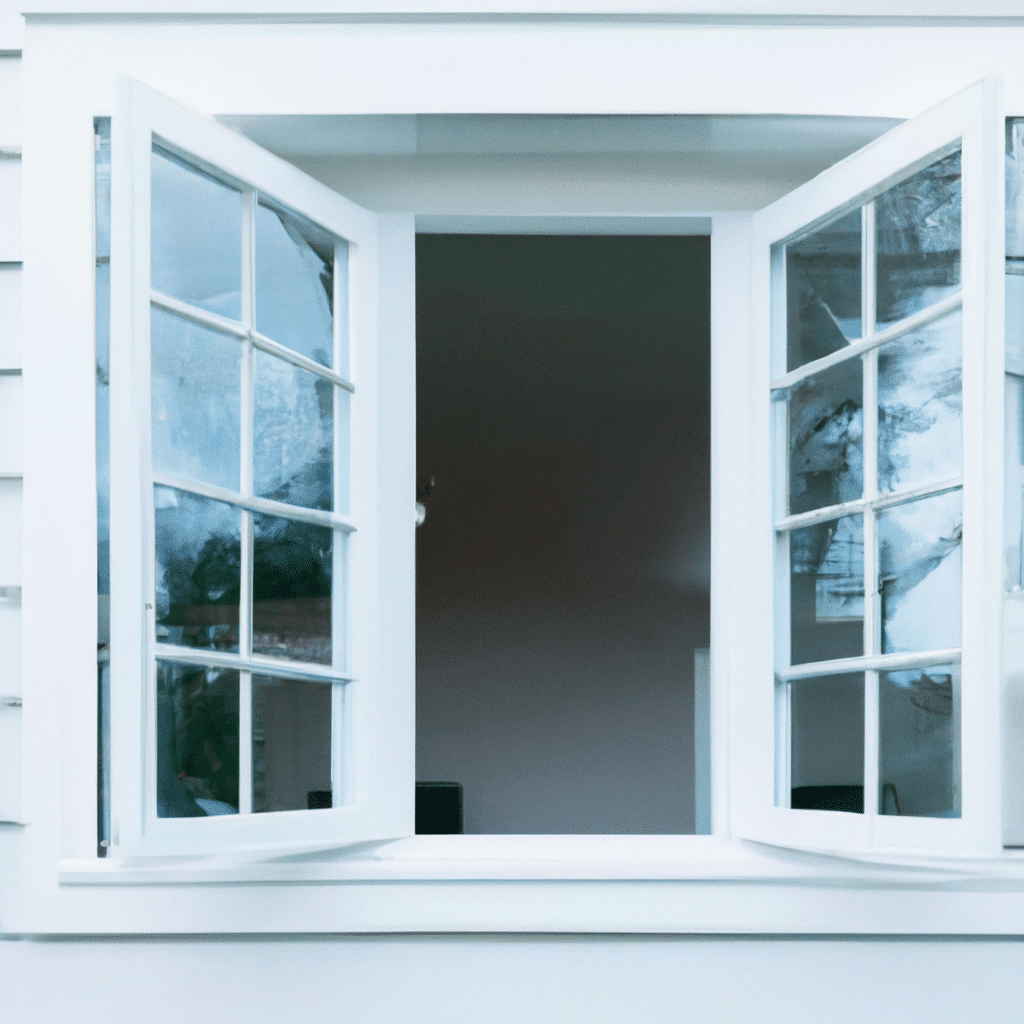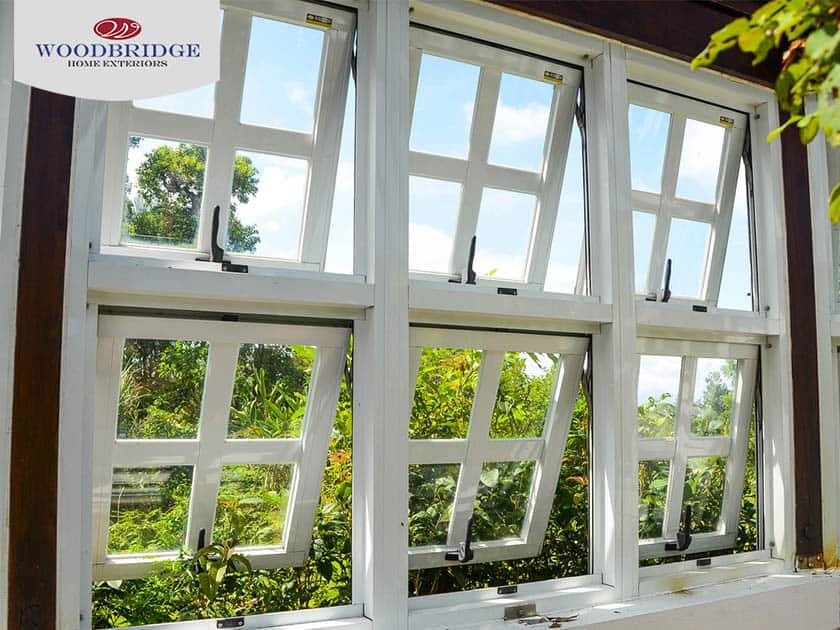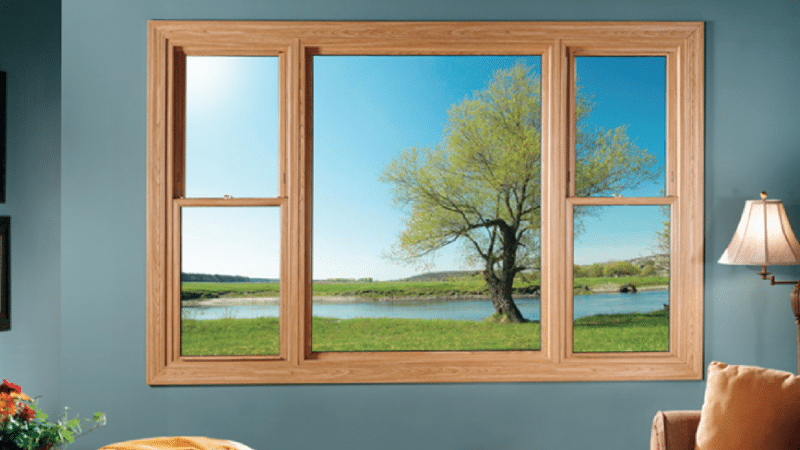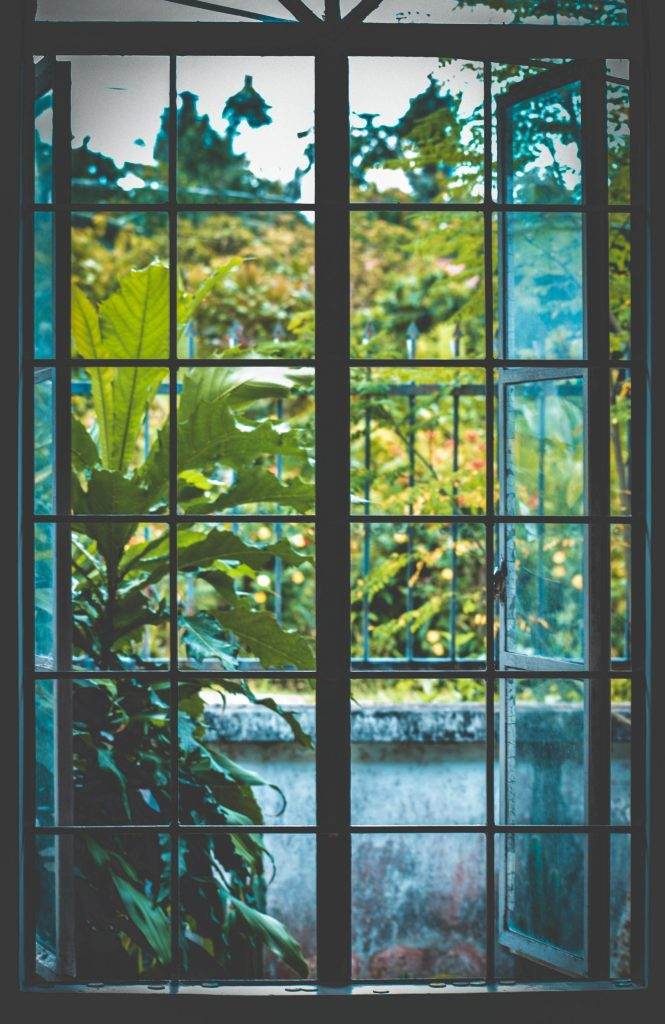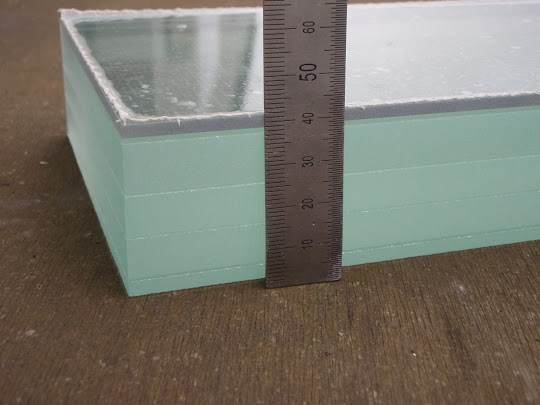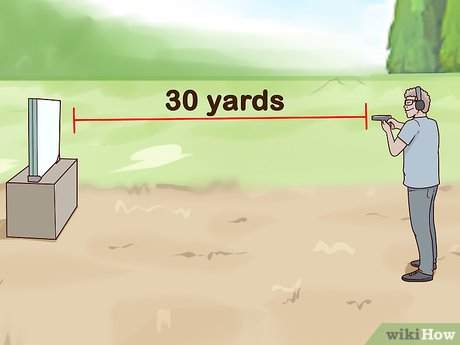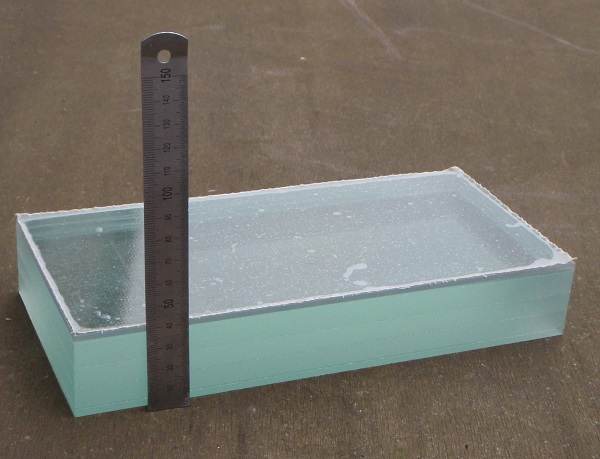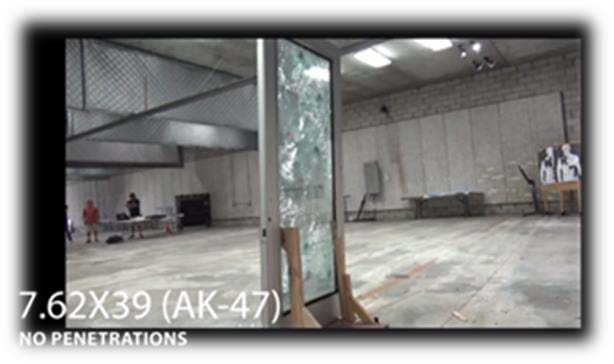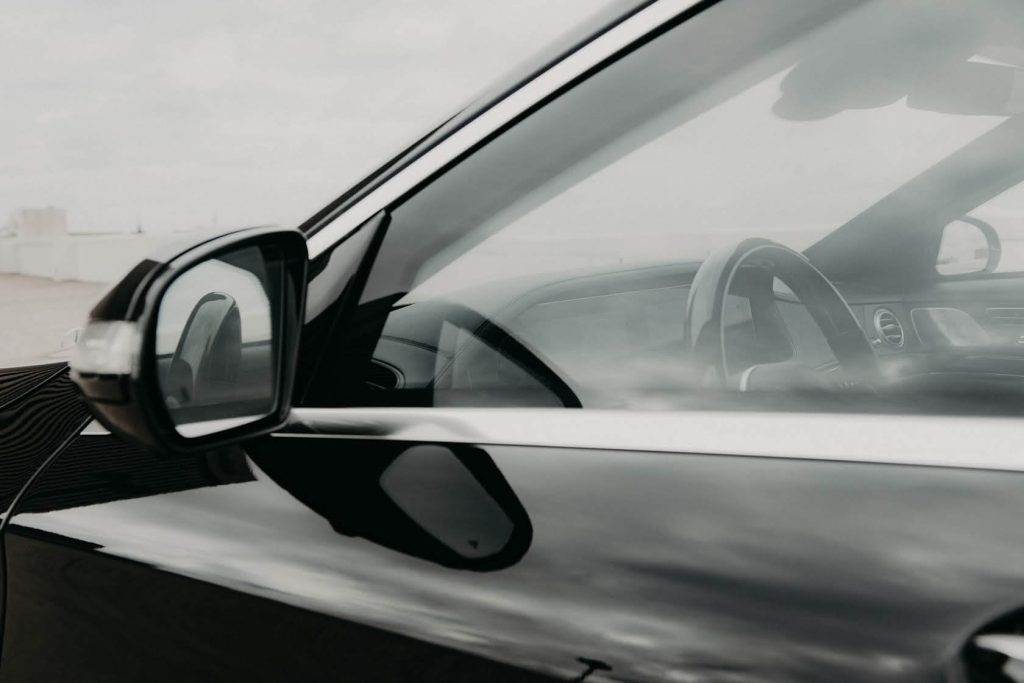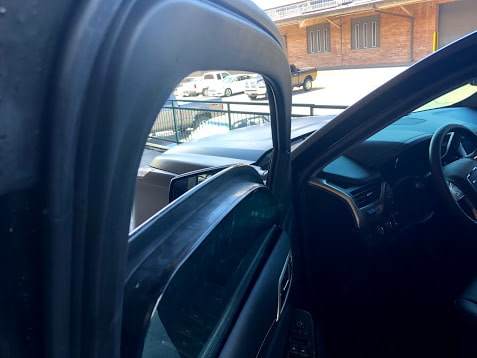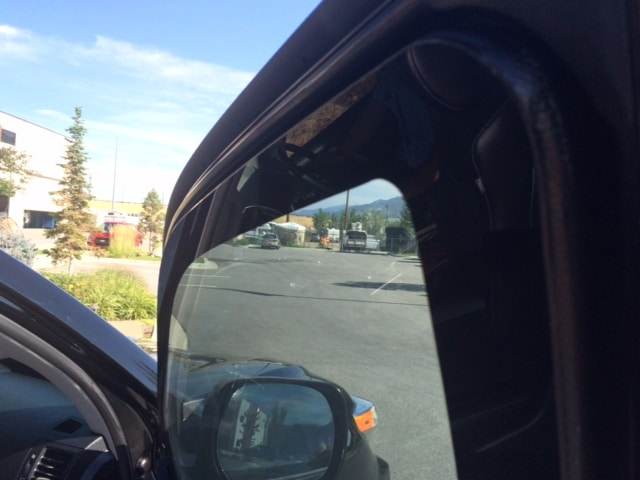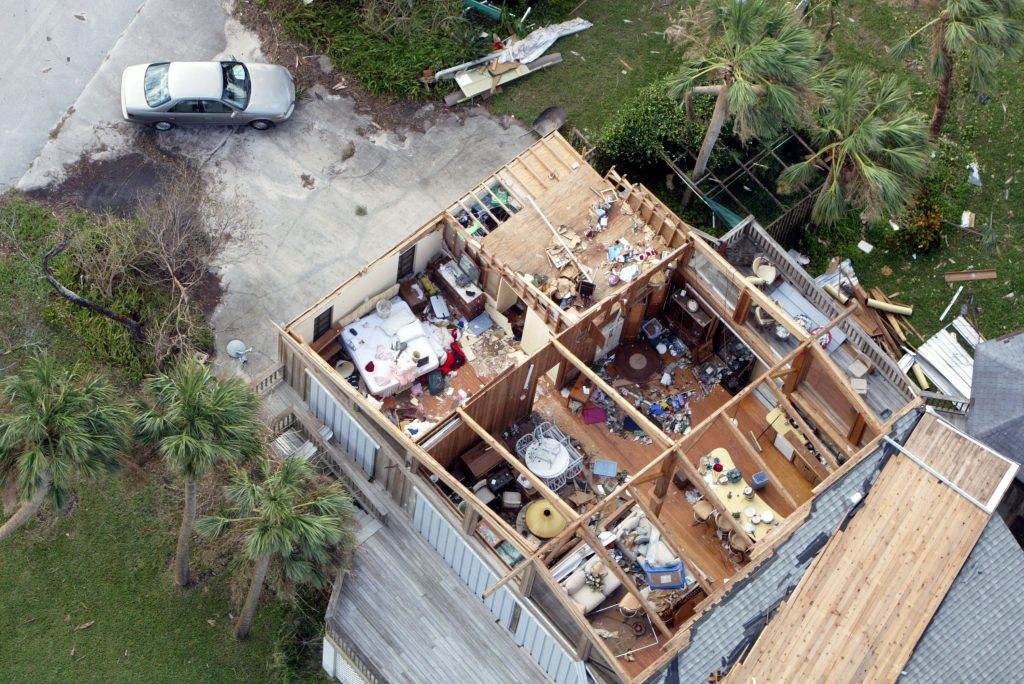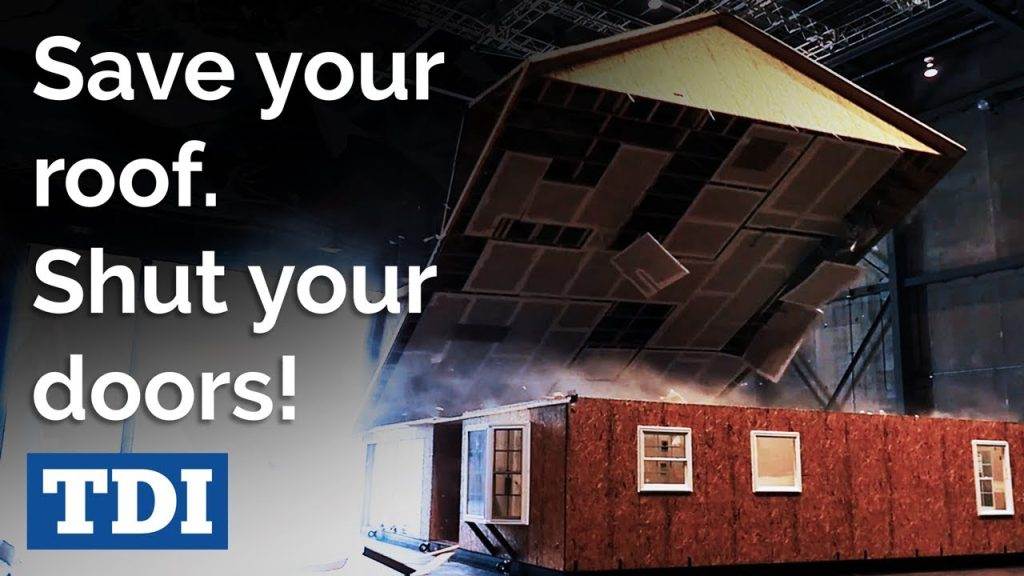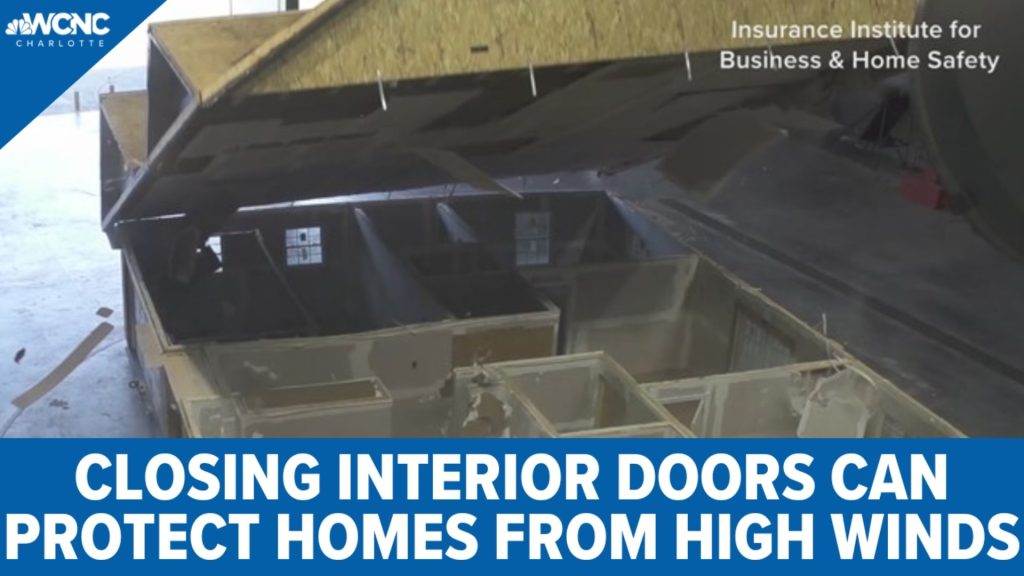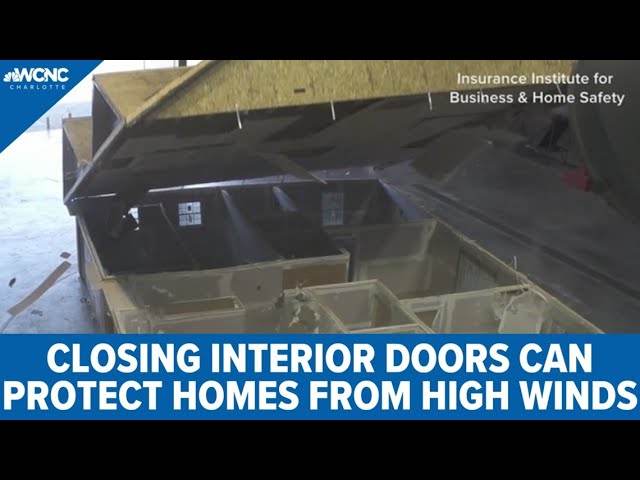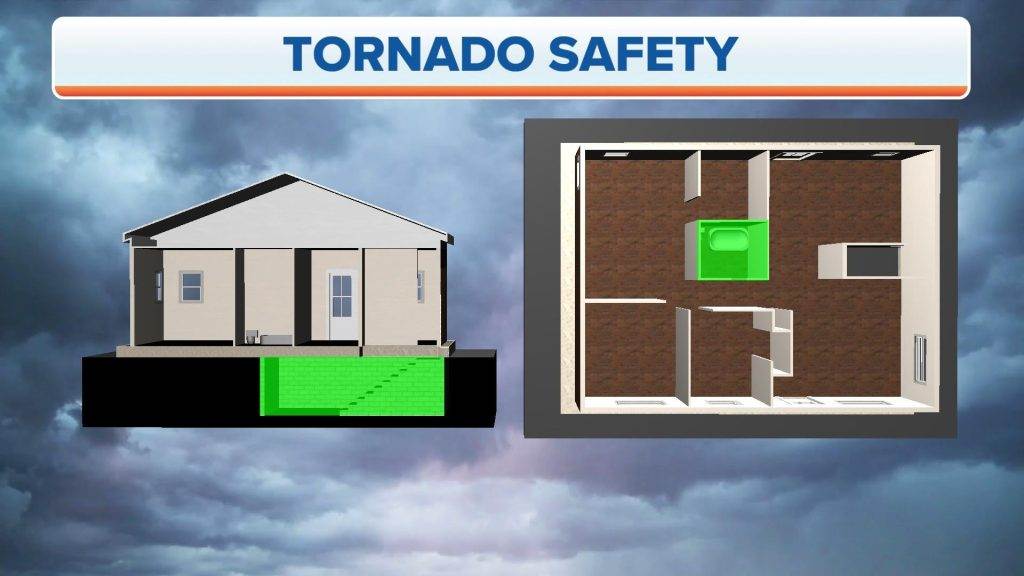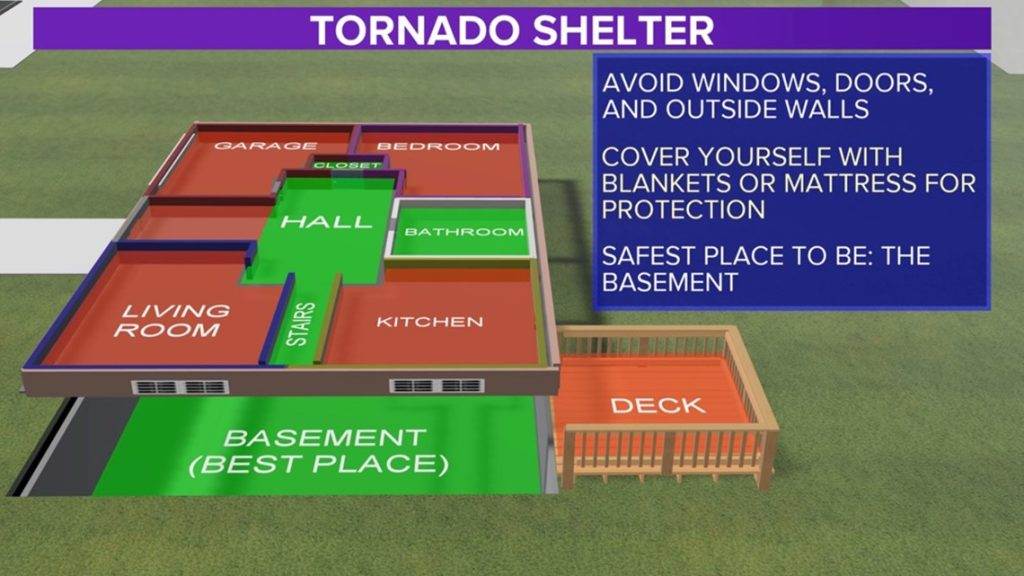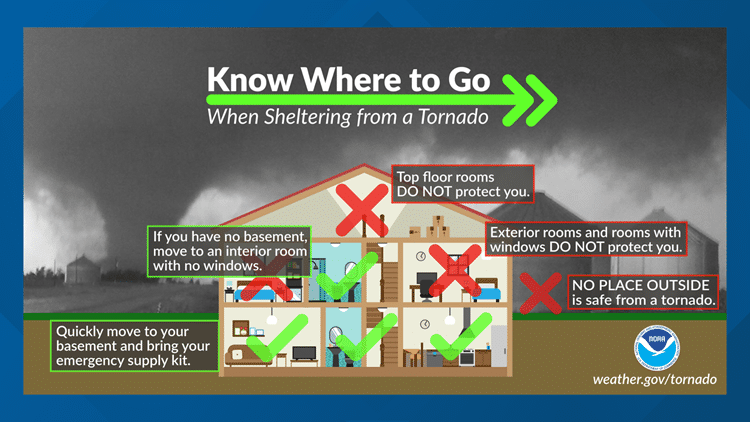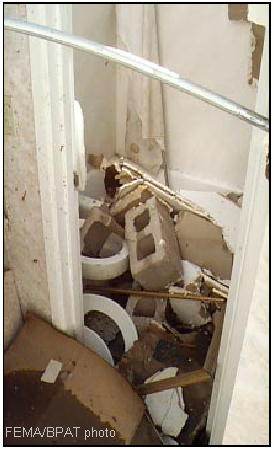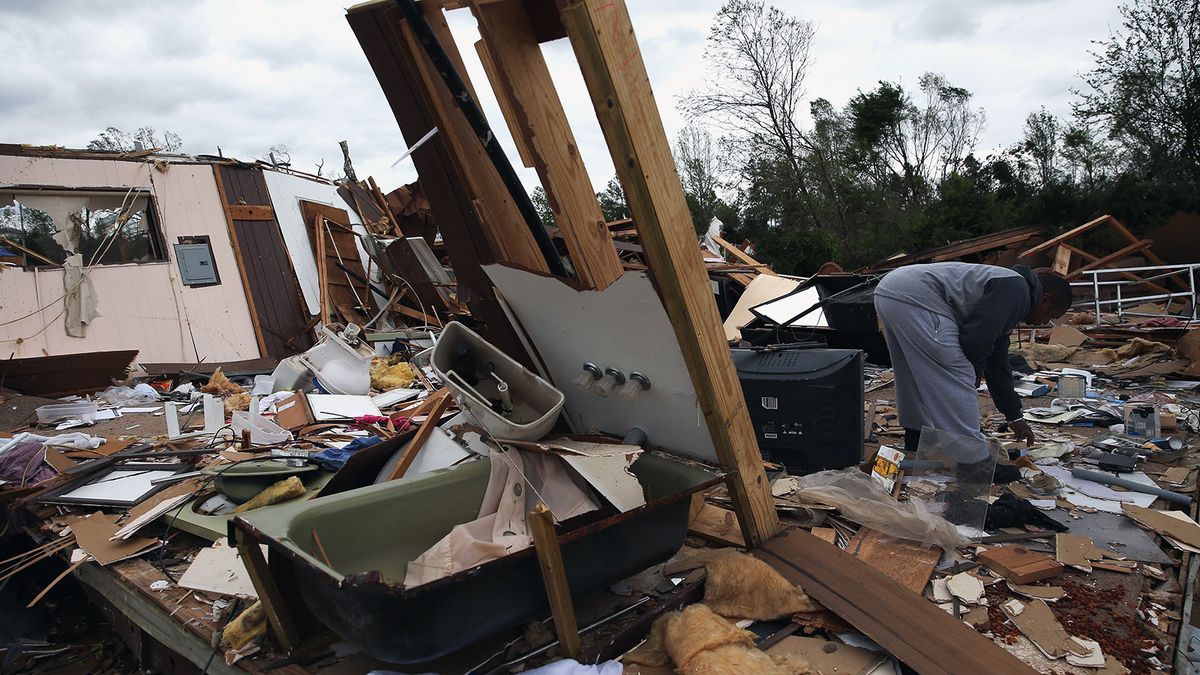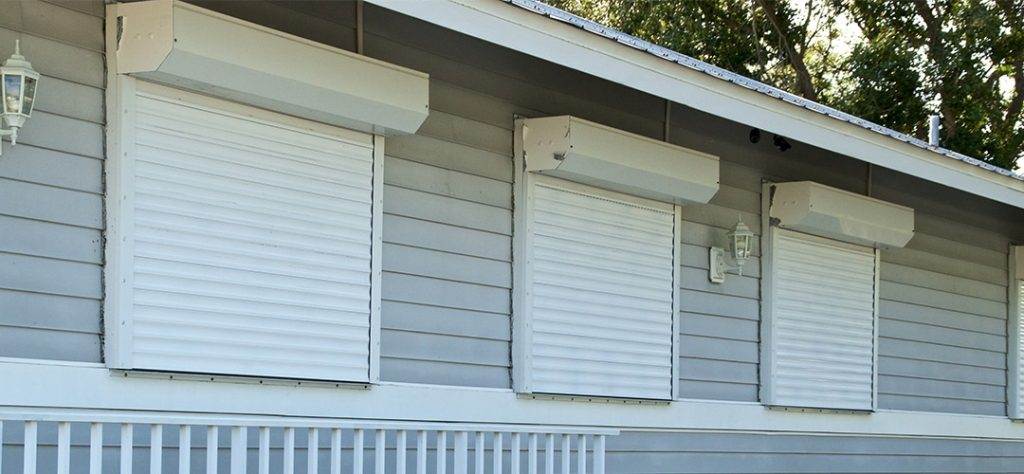Living in Florida means enjoying sunny beaches, vibrant cities, and a relaxed coastal lifestyle. However, it also means being prepared for the unpredictable and sometimes destructive forces of nature, particularly hurricanes. In this article, we will explore why impact windows and doors are crucial in Florida, and how they provide an essential safeguard against the potential damage caused by these powerful storms. From protecting your home and loved ones to saving on energy costs, impact windows and doors have become an indispensable feature in every Floridian’s residence.
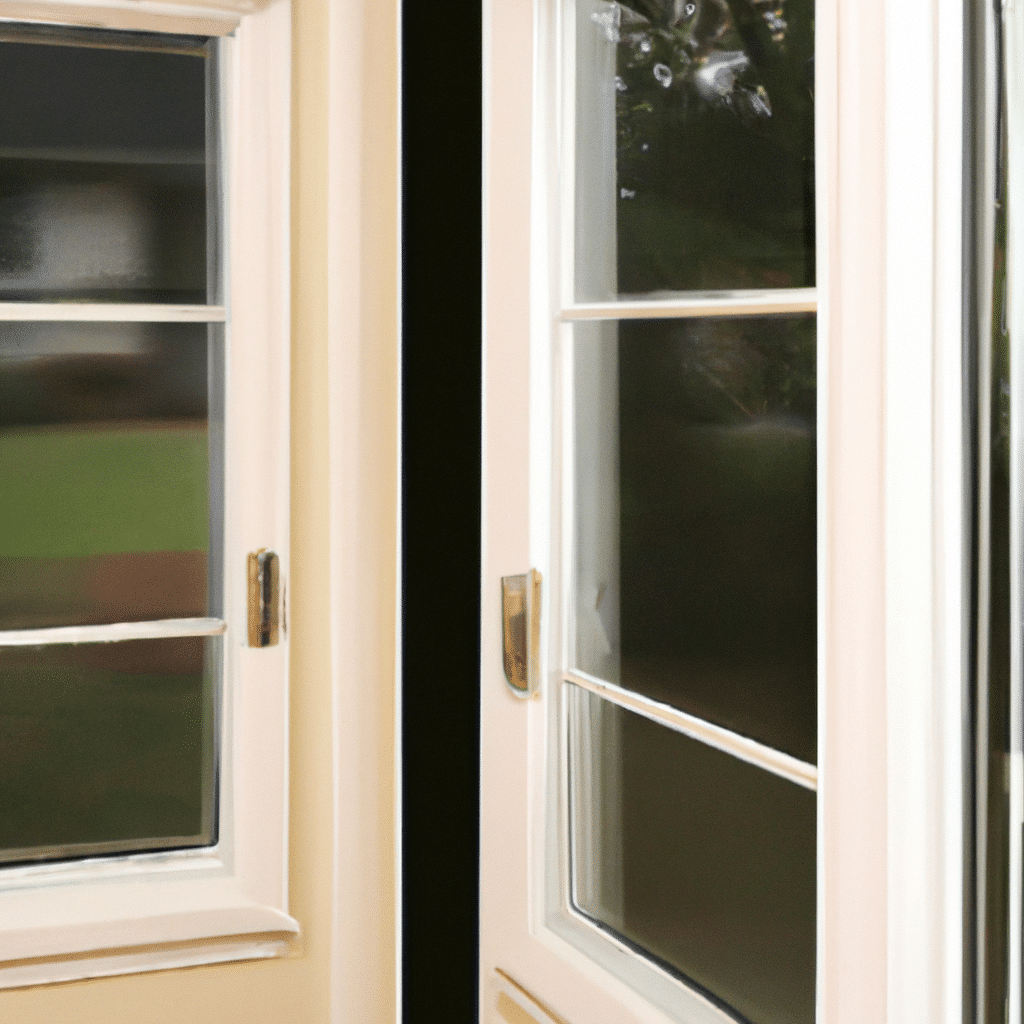
Protection against hurricanes
High winds
In Florida, where hurricanes are a frequent occurrence, it is imperative to protect your home from high winds. Impact windows and doors are specially designed to withstand the powerful forces of hurricane winds, making them an essential feature for any Florida homeowner. These windows and doors are tested and certified to meet strict building codes, ensuring that they can withstand wind speeds of up to 200 miles per hour. By installing impact windows and doors, you can have peace of mind knowing that your home is well-protected during hurricane season.
Flying debris
During a hurricane, one of the most dangerous threats is flying debris. Impact windows and doors are constructed with multiple layers of glass and a strong interlayer, similar to that used in windshields. This design allows them to resist penetration from flying objects, such as tree branches, roof tiles, or other debris that can be propelled by strong winds. By installing impact windows and doors, you can protect your home and your loved ones from the hazards of flying debris during a hurricane.
Pressure changes
Another benefit of impact windows and doors is their ability to withstand rapid pressure changes. During a hurricane, the wind can create significant changes in air pressure, which can put immense stress on your home’s structure. Impact windows and doors are built to withstand these pressure changes by utilizing a reinforced frame and impact-resistant glass. This helps to maintain the integrity of your home, minimizing the risk of structural damage during a hurricane.
Preventing structural damage
The powerful forces of a hurricane can cause severe damage to the structural elements of your home, such as walls, roofs, and foundations. Impact windows and doors play a crucial role in preventing such damage. By installing these reinforced windows and doors, you can help distribute the pressure created by strong winds evenly throughout your home’s structure, reducing the likelihood of structural failure. This added protection ensures that your home remains intact and minimizes the costly repairs that would otherwise be required after a hurricane.
Enhanced safety and security
Burglary prevention
Impact windows and doors not only provide protection against hurricanes but also enhance the safety and security of your home year-round. These windows and doors are built to withstand significant impact, making it extremely difficult for potential burglars to break in. Unlike traditional windows and doors, impact-resistant ones cannot be easily shattered, giving you an added layer of security against intruders.
Protection against break-ins
In addition to the physical strength of impact windows and doors, their multi-layered construction also deters break-ins. The tough impact-resistant glass and reinforced frames make it nearly impossible for burglars to break through. This added protection can give you peace of mind, knowing that your home is safeguarded against unauthorized entry.
Peace of mind
One of the significant advantages of installing impact windows and doors is the peace of mind they provide. Living in Florida, where hurricanes and severe weather are a constant threat, can be stressful. However, having impact-resistant windows and doors allows you to feel safe and secure in your own home. You can sleep soundly at night, knowing that your home is protected against both natural disasters and potential intruders.
Added value for insurance
Many insurance companies offer discounts for homes equipped with impact windows and doors. The added security and protection provided by these windows and doors reduce the risk of damage, making your home less susceptible to costly insurance claims. Therefore, by investing in impact windows and doors, you not only enhance the safety of your home but also potentially save on insurance premiums.
Energy efficiency
Reducing cooling costs
Florida’s sunny climate often leads to high cooling costs, especially during the summer months. Impact windows and doors can help mitigate this issue by providing excellent insulation. These windows and doors are designed to minimize heat transfer, keeping the cool air inside your home and preventing the hot outdoor air from seeping in. By improving your home’s energy efficiency, impact windows and doors can significantly reduce your cooling costs.
Insulation
One of the key features of impact windows and doors is their insulation properties. The multiple layers of glass and the interlayer not only provide protection against hurricanes but also serve as an effective barrier against outside noise and temperature fluctuations. This insulation helps to maintain a comfortable environment inside your home, reducing the need for excessive heating or cooling and ultimately saving energy.
UV protection
Another energy-saving benefit of impact windows and doors is their ability to block harmful ultraviolet (UV) rays. These windows and doors are designed to filter out a significant amount of UV radiation, thereby reducing the amount of heat that enters your home. This UV protection not only keeps your home cooler but also prevents UV damage to your furniture, flooring, and valuable possessions.
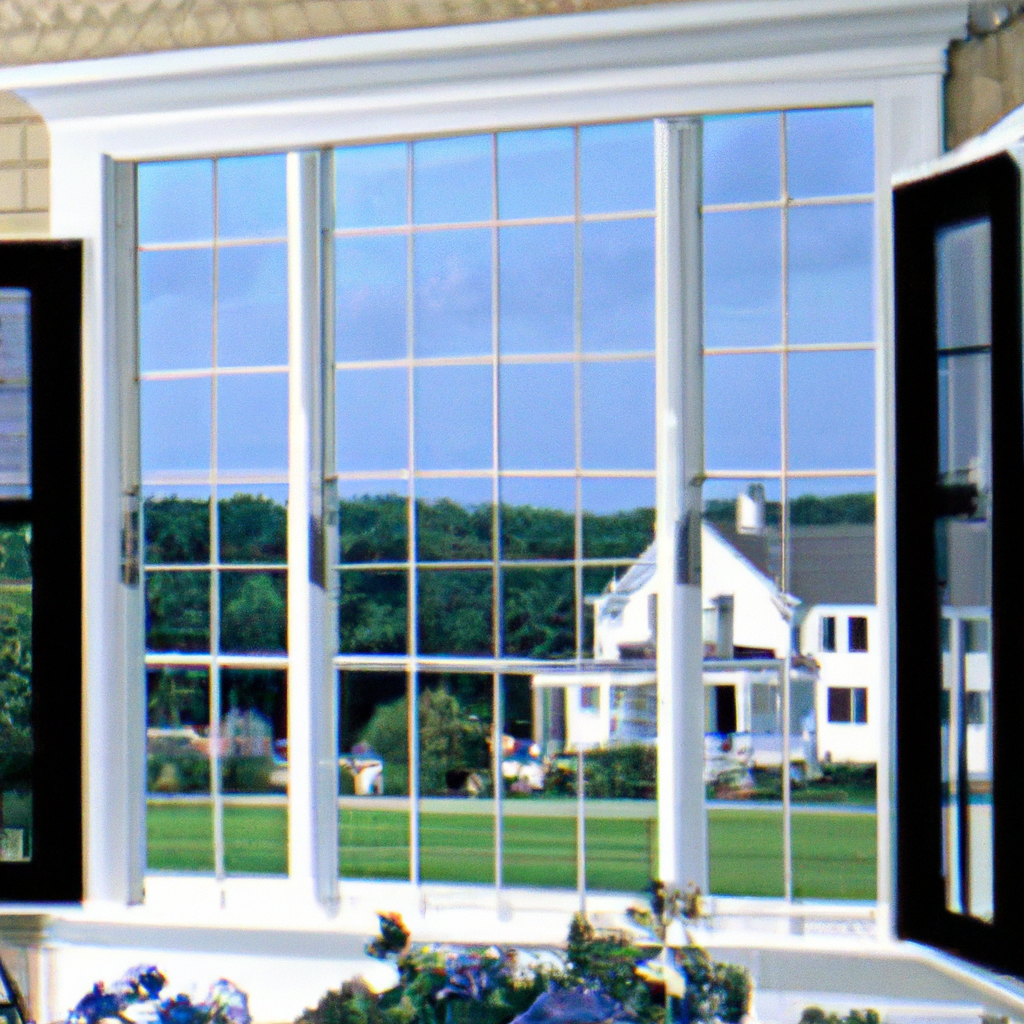
Noise reduction
Blocking external noise
Living in a noisy neighborhood or near a busy street can be disruptive and affect your quality of life. Impact windows and doors provide excellent sound insulation, effectively blocking out external noise. The multiple layers of glass, along with the interlayer, form a barrier that prevents noise from entering your home, creating a quieter and more peaceful indoor environment.
Maintaining privacy
In addition to reducing external noise, impact windows and doors also offer enhanced privacy. The thick, impact-resistant glass minimizes visibility from the outside, preventing prying eyes from seeing into your home. This privacy feature can be particularly valuable if you live in a densely populated area or if you value your privacy.
Creating a peaceful environment
The combination of noise reduction and enhanced privacy provided by impact windows and doors creates a peaceful environment inside your home. By minimizing both external disturbances and the visibility of your home’s interior, these windows and doors help to create a tranquil and serene atmosphere where you can relax and unwind.
UV protection
Preserving furniture and valuables
UV rays from the sun can cause fading and damage to your furniture, curtains, artwork, and other valuable possessions. Impact windows and doors are designed with UV protection in mind, blocking a significant amount of harmful rays from entering your home. By installing these windows and doors, you can help preserve the integrity and lifespan of your furniture and valuable items.
Preventing fading and discoloration
Fabrics, carpets, and other household materials can fade and become discolored when exposed to prolonged sunlight. Impact windows and doors with UV protection effectively filter out a large portion of the damaging UV rays, significantly reducing the likelihood of fading and discoloration. This preservation of your belongings allows them to retain their original colors and maintain their aesthetic appeal for a longer period.
Protecting against skin cancer
In addition to the damage they can cause to your belongings, UV rays are also harmful to your skin. Long-term exposure to UV rays can lead to skin cancer, including melanoma. Impact windows and doors with UV protection act as a shield against these harmful rays, minimizing your exposure and reducing the risk of developing skin cancer. This added health benefit makes impact windows and doors a worthwhile investment for your overall well-being.
Increased resale value
Market appeal
Homes equipped with impact windows and doors have significant market appeal in Florida. Potential buyers are well aware of the benefits these windows and doors provide in terms of safety, security, energy efficiency, and protection against hurricanes. Therefore, having impact-resistant windows and doors can make your home more attractive to potential buyers, increasing its marketability and ultimately its resale value.
Distinguishing factor
In a competitive real estate market, it’s important to stand out from the crowd. Impact windows and doors can serve as a distinguishing factor for your home, setting it apart from others in your neighborhood. Potential buyers looking for a home in hurricane-prone areas will appreciate the added protection and security offered by impact-resistant windows and doors, making your property more desirable and potentially leading to a higher resale value.
Higher property value
The installation of impact windows and doors can significantly increase the value of your property. These windows and doors are considered a valuable upgrade due to their ability to enhance safety, security, energy efficiency, and protection against hurricanes. Appraisers and real estate agents often take these factors into consideration when assessing the value of a home, meaning that having impact-resistant windows and doors can contribute to a higher property value.
Insurance discounts
Hurricane mitigation measures
Insurance companies in Florida recognize the importance of hurricane mitigation measures, including impact windows and doors. Many insurance providers offer discounts for homeowners who have implemented these protective measures. By installing impact-resistant windows and doors, you can reduce your risk of damage during a hurricane, making your home less susceptible to costly insurance claims. As a result, insurance companies are often willing to offer lower premiums to homeowners who have invested in these protective measures.
Reducing risk
From an insurance perspective, homes with impact windows and doors are considered lower risk. These windows and doors provide added protection against hurricane damage, which can in turn reduce the risk of insurance claims. Insurance providers are more likely to view your home as a lower risk investment if it is equipped with impact-resistant windows and doors, potentially resulting in lower premiums for you.
Lower premiums
One of the significant advantages of having impact windows and doors is the potential for lower insurance premiums. Many insurance providers offer discounts of up to 20% for homes with impact-resistant features. By reducing the risk of damage and insurance claims, impact windows and doors can help you save money on your insurance policy.
Improved aesthetics
Variety of styles and designs
Contrary to popular belief, impact windows and doors are available in a wide range of styles and designs. Whether you prefer a modern, sleek look or a more traditional appearance, there are numerous options to choose from. Impact-resistant windows and doors can seamlessly blend with your home’s architecture and enhance its overall aesthetic appeal.
Enhancing curb appeal
The aesthetic appeal of a home plays a significant role in its value and marketability. Impact windows and doors can greatly enhance the curb appeal of your home, making it more attractive to potential buyers. The sleek and polished appearance of these windows and doors can give your home a more modern and sophisticated look, instantly improving its overall visual appeal.
Matching architectural aesthetics
Whether you have a Mediterranean-style villa, a charming cottage, or a contemporary mansion, there are impact windows and doors available to suit your architectural style. Manufacturers offer a wide selection of options to match various architectural aesthetics, ensuring that your new windows and doors seamlessly blend in with the existing design of your home. This customization allows you to enhance both the functionality and beauty of your property.
Ease of maintenance
Durable materials
Impact windows and doors are built to withstand the elements, making them highly durable. The frames are constructed from strong materials such as aluminum or vinyl, which are resistant to corrosion, rot, and rust. Additionally, the impact-resistant glass is designed to withstand extreme weather conditions without cracking or shattering. This durability ensures that your windows and doors require minimal maintenance over their lifespan.
Resistance to decay
Unlike traditional windows and doors, impact-resistant ones do not deteriorate over time. The materials used in their construction are resistant to decay, such as moisture damage or insect infestations. This resistance to decay ensures that your windows and doors remain in excellent condition for years to come, eliminating the need for constant repairs or replacements.
Simple cleaning and care
Maintaining impact windows and doors is a hassle-free task. They can be easily cleaned with standard household cleaning products and a soft cloth. The durable materials used in their construction make them resistant to staining, allowing for easy removal of dirt and debris. With minimal effort, you can keep your impact windows and doors looking clean and pristine, enhancing the overall appearance of your home.
Long-term cost savings
Durable investment
Installing impact windows and doors is a long-term investment that pays off over time. The durability and strength of these windows and doors mean that they have a longer lifespan compared to traditional windows and doors. This long-lasting performance ensures that you don’t have to worry about frequent repairs or replacements, saving you both time and money in the long run.
Reduced repair and replacement costs
One of the significant advantages of impact windows and doors is the reduced need for repairs or replacements. The robust construction and impact-resistant properties of these windows and doors minimize the risk of damage, even during severe weather events. By avoiding costly repairs or replacements, you can allocate your financial resources to other home improvement projects or personal endeavors.
Reduced energy consumption
The energy-efficient properties of impact windows and doors can significantly reduce your energy consumption and lower your utility bills. By improving insulation and blocking UV rays, these windows and doors help keep your home cool in the summer and warm in the winter, reducing the need for excessive heating or cooling. Over time, these energy savings can add up, contributing to long-term cost savings for homeowners.
In conclusion, impact windows and doors are essential features for homeowners in Florida. They provide crucial protection against hurricanes, offer enhanced safety and security, improve energy efficiency, reduce noise, provide UV protection, increase resale value, offer insurance discounts, enhance aesthetics, provide ease of maintenance, and offer long-term cost savings. By investing in impact windows and doors, you can ensure the safety and comfort of your home while enjoying numerous benefits that will last for years to come.

